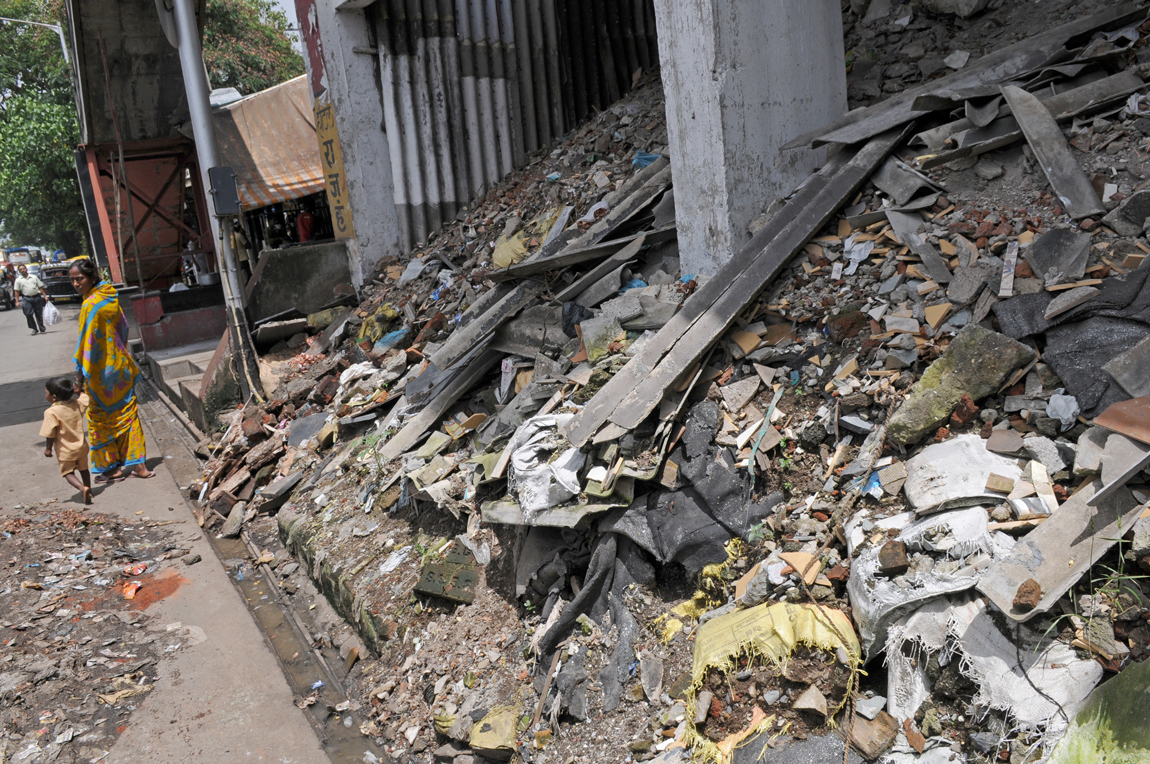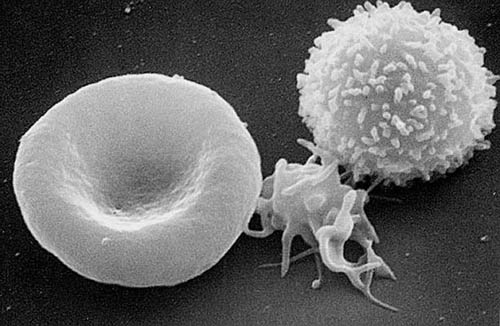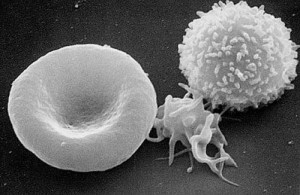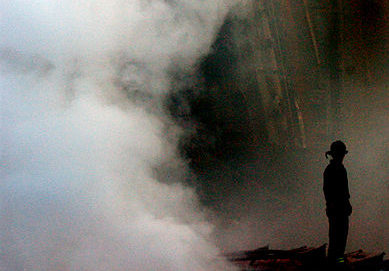As an attorney who has represented clients suffering from mesothelioma for over 30 years, I joined the fight against asbestos long ago. Recent events demonstrate that the fight continues. According to an article in the Chicago Tribune, the Basel Action Network seeks to ban the export of asbestos and other hazardous materials to developing countries. On October 21, 2011 over 170 countries agreed to accelerate the adoption of the global ban on hazardous materials. The executive director of the Basel Action Network, Jim Puckett stated “I am ecstatic, I’ve been working on this since 1989 and it looks like it the shackles are lifted and we’ll see this happen in my lifetime.”
Asbestos is an extremely hazardous material. I am continually stunned when I read stories that countries continue to export this deadly substance to developing countries. My firm and I have been working hard for over 30 years to raise awareness of asbestos hazards that continue to exist even today. We will continue to work hard until this lethal substance is no longer a threat to innocent people.
Mesothelioma Cases Increase In Developing Countries
Recent reports have indicated that asbestos-related deaths in Asia are expected to significantly increase over the next 20 years. Asian countries continue to use large amounts of asbestos products in power plants, roofing and cement. Currently, the use of asbestos in Asia is unregulated. In a recent study conducted by the World Health Organization Dr. Ken Takahashi warned the Asian government to prepare for an “asbestos tsunami”.
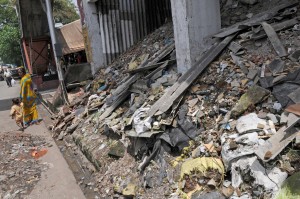
India is also expected to experience a large increase in asbestos related deaths and diseases. In cities such as Mumbai and Ahmedabad asbestos usage can be found in everyday life, roof tiles, broken asbestos blocks on the street, children building statues with asbestos cement. Alang, India is known as the heart of India’s shipbreaking industry. Ships covered in asbestos products are sent off to Alang to be dismantled. Workers breaking apart the machinery and piping covered with asbestos insulation can be seen without masks or respirators of any kind. The Indian government currently has no regulations or laws in place for the usage of asbestos products.
Raising Awareness about Asbestos
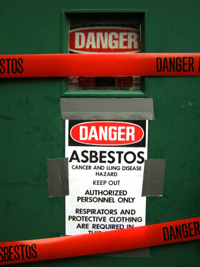 Spreading awareness about the dangers of asbestos is the only way to someday ban its usage. Governments, citizens and workers in developing countries need to be made aware of their risk of developing mesothelioma and other asbestos related diseases due to their unregulated asbestos usage.
Spreading awareness about the dangers of asbestos is the only way to someday ban its usage. Governments, citizens and workers in developing countries need to be made aware of their risk of developing mesothelioma and other asbestos related diseases due to their unregulated asbestos usage.
Through the decades I have represented clients with mesothelioma I have seen the utter devastation asbestos can cause. Banning the export and usage of asbestos will shield people from the harm of this deadly material.

